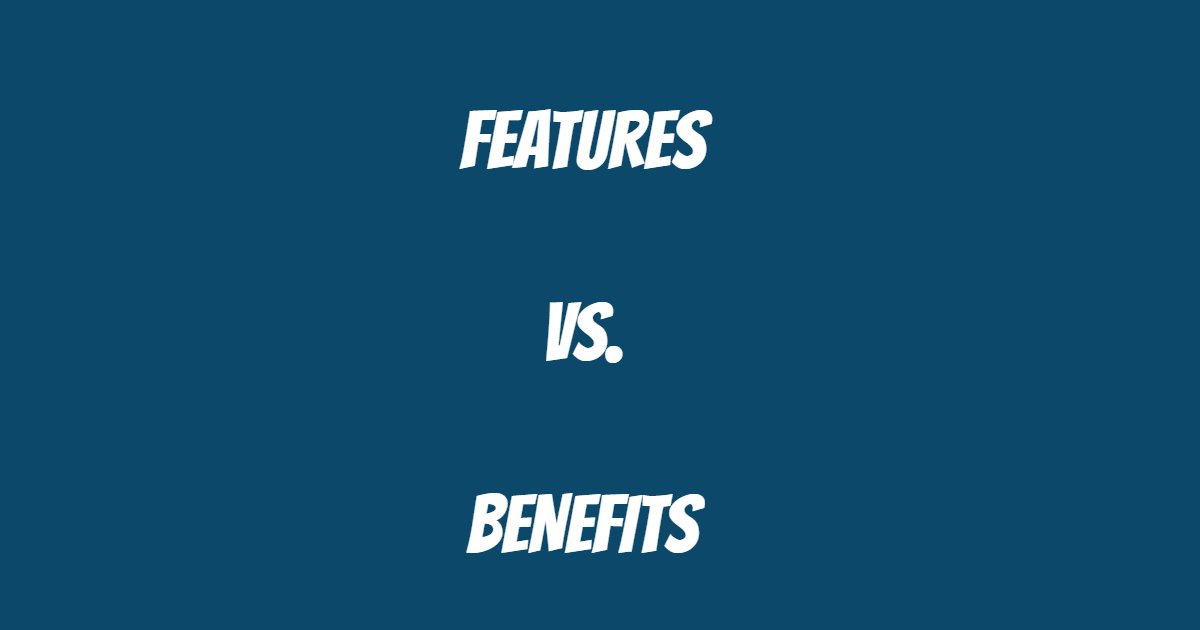A good copywriter can instantly identify the difference between a feature and a benefit. Unfortunately, it’s not uncommon for that difference to get a bit fuzzy in web copy. So, how do features differ from benefits.
• Features physically describe what your product or service entails. It might mean a watertight seal, 24-hour service, or 8 GB of RAM. Whatever the case may be, features are the things that make your product or service unique.
• Benefits, on the other hand, explain how the feature is useful or beneficial to the customer. Your copy about benefits should help potential customers answer questions like “why do I need 8 GB of RAM?” or “how will your 24-hour service help my business?”
So, when you’re writing, which do you want to put more emphasis on? The answer is that both features and benefits are very important, but you need to spend more time explaining your benefits.
By explaining benefits – and how each benefit affects your customers – you are essentially educating and persuading your customer at the same time. Basically, a feature without a benefit is nothing. When explaining the benefit of your feature, your copy needs to be targeted to your specific audience, to clearly and concisely give readers major insights into the product.
”
One way I like to explain a feature in copy is to lay it out plain and simple. For example: “Company X’s widget has a glow-in-the-dark dial (FEATURE). This means that our widget is perfect to use at night and to take with you on camping trips (BENEFIT).” One of my favorite phrases to use is “this means that,” because it lets you directly translate the benefit of your feature.
Another way to help separate features and benefits is to use a chart. You can do this as a preliminary brainstorming exercise to organize your thoughts before you write, or just paste it up on your website as a great visual aid:
Feature
On-call industry experts
Benefit
With over 70 years of combined experience, our expert advice helps you solve software issues in minutes.
Feature
24-hour service
Benefit
No matter what time it is or where you are in the world, there’s always someone available to help you troubleshoot technical issues.
Effective copy will clearly outline the features and benefits of whatever you’re selling – and it will convince the customer to buy at the same time. Rev up your homepage, brochure, sales emails, and other marketing collateral by making sure that both your features AND benefits are clearly oriented toward your customers.
And, if you’ve got any tips or thoughts about features and benefits, leave a comment and let me know!


